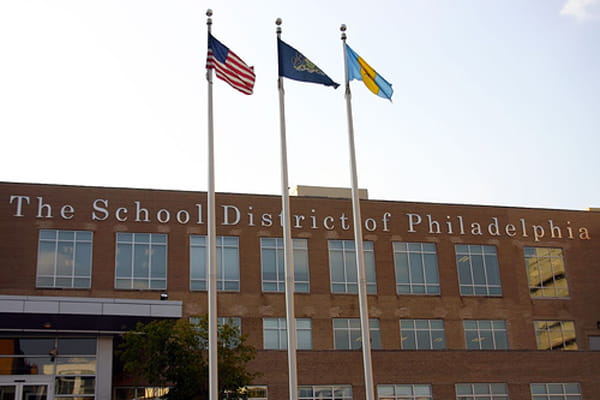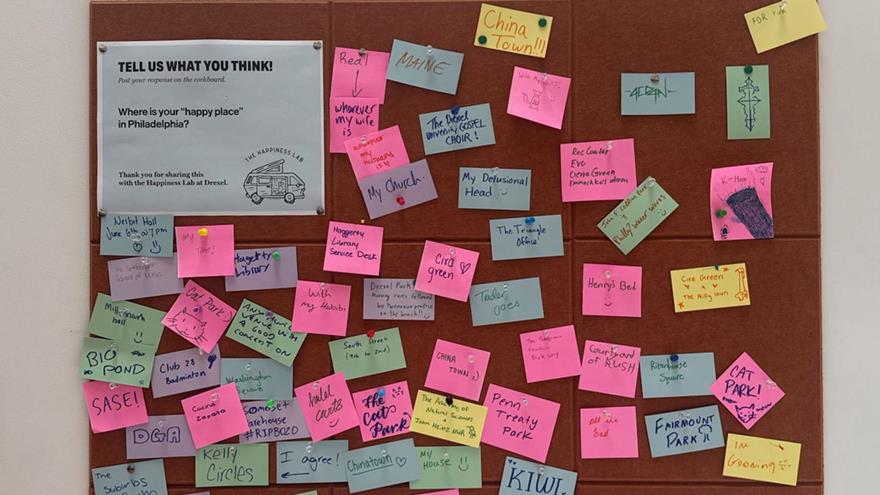Q&A with Tina Richardson: After Closings, What Comes Next for Philadelphia's Public Schools?

Last week, the Philadelphia School Reform Commission ordered the closing of 23 Philadelphia School District schools. School officials have insisted that their financial situation is dire, and the district would save about $24.5 million annually through the downsizing. According to Superintendent William Hite Jr., the diverted funds will now be used to hire teachers and improve classroom equipment at remaining schools, but critics have questioned whether closures simply create a new set of problems.
Dr. Tina Richardson, associate dean for Academic Affairs in the School of Education, spoke with DrexelNow about why the public has reacted so strongly to the closings, whether the process was flawed, and how the remaining schools can best welcome the reassigned students.
Why do you think there has been such a public outcry against the closings?
I think there’s been an outcry because the closings will affect people on a number of different levels. On an academic level, many parents aren’t convinced that the receiving schools will provide any better education than the schools that were closed. On a community level, it is hard to imagine what will happen to the school buildings that are slated to close, and whether they will be repurposed to the benefit of the neighborhoods they are in or abandoned. Many are worried that these buildings will blight the community. And on an individual level, the closings are a loss because, in many cases, kids will have to walk longer distances to attend school. Many parents are accustomed to having their kids walk to school without having to accompany them, so this will create a hardship for some families.
Do you believe the process by which the Philadelphia School District decided on school closures is flawed?
I don’t think there is or ever will be a process of closing schools that would be agreed upon and accepted by all members of the community. In this case, all of the schools that were voted on to close were low-performing and/or under-utilized schools. While we absolutely do need to reduce the number of schools with these characteristics, we also need to make sure that the receiving schools are indeed resourced to become high-performing schools—if they’re not already—for all students.
Do you think the reassigned students will be victimized or fall behind?
Combining schools will mean a cultural shift for every student. I don’t know that the new students will have a major issue with falling behind in academics, as the receiving schools should be prepared in advance and be able to provide students with all of the necessary support to be successful. There’s certainly potential for kids to be bullied because they’re new or came from a specific rival school, so we need the leadership to ensure that the transition happens as smoothly as possible. There needs to be a strategy in place for that to unfold.
What are some ways the remaining schools can welcome reassigned students and help them adjust?
A good strategy for welcoming reassigned students would include inviting parents to visit the school, introducing kids to the school culture and norms early, providing opportunities for current students and new students to interact prior to the first day, and coordinating activities that would orient new students with the school. It would also be beneficial if students received a welcome letter from the principal of the new school suggesting that he or she is excited to have them join the school family. Creating some kind of mentoring program for new students would also be a valuable resource.
Some community groups accuse school-closing programs of discriminating against black and Hispanic students. Do you think there is any truth to that?
This is a complex question and we do need to look honestly at the issues of race, social class and even gender discrimination in education. I think there’s enough data to support an accusation of systemic racial inequities in education in general, especially in outcomes for black and Hispanic students. As a consequence, it may be possible to make a case that the impact of closing 23 and reconfiguring additional schools, differentially impacts black and Hispanic families, especially if they are on the lower end of the economic continuum. As a result, this is a profoundly challenging situation. However, this is also an opportunity to demonstrate a commitment to improving the quality and reforming public education. The bottom line is we cannot afford to waste the chance we now have to improve educational opportunities for all children.
In This Article
Drexel News is produced by
University Marketing and Communications.
